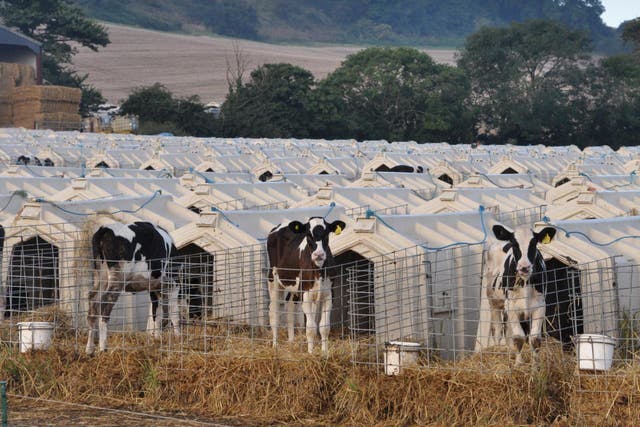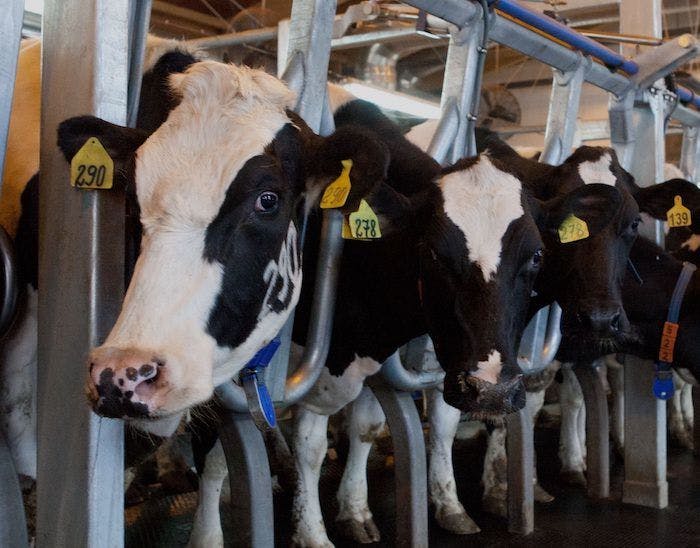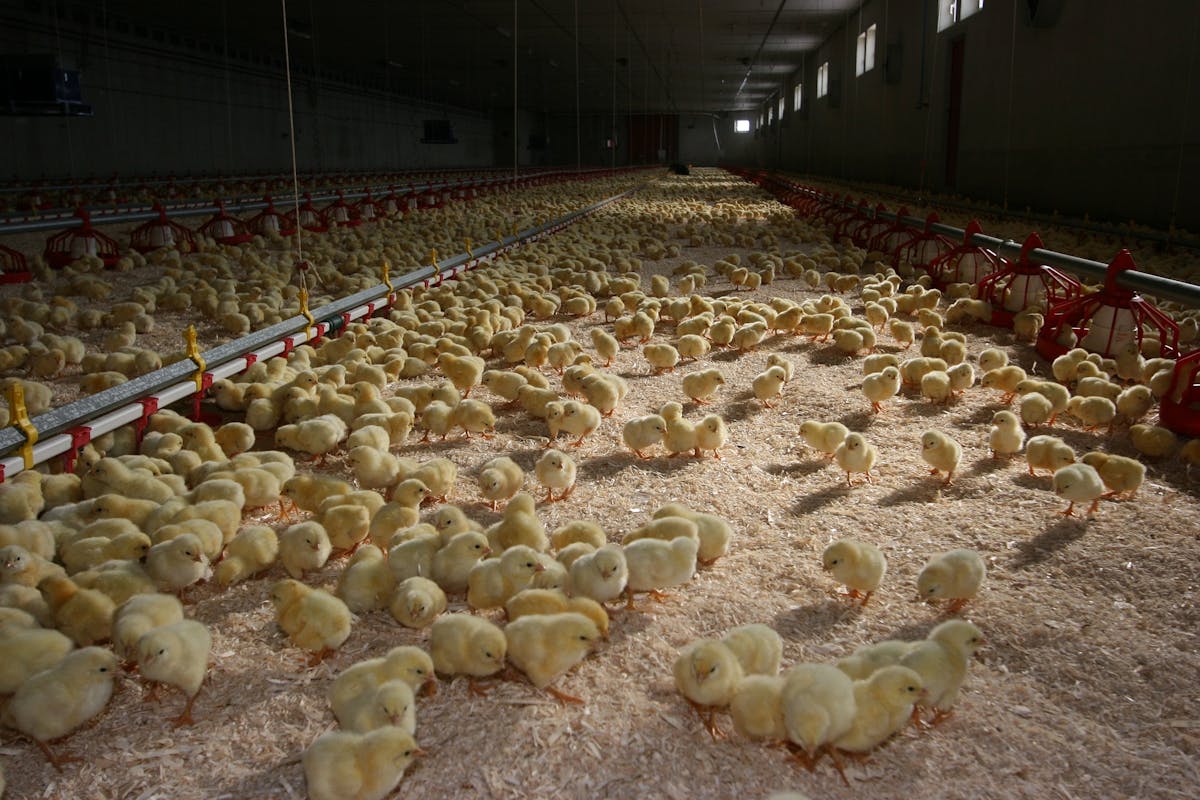Animals in British Farming»Dairy Cows
Are dairy calves taken from their mothers shortly after birth?
Yes
Information sourced from Gov.UK, Journal of Dairy Science.
Last reviewed
Dairy calves are taken away from their mothers shortly after birth to prevent them drinking their milk. A recent survey by the Royal Veterinary College in the United Kingdom found that all 216 respondents engaged in mother and calf separation, meaning this likely happens on every farm.
On a majority commercial dairy farms, it is routine practice to separate the calf from the mother within 24 hours of calving . This is done to prevent the calf drinking the mothers milk which could otherwise be sold.
5 minutes of contact between the mother and calf immediately after child birth is sufficient for the formation of a strong, specific maternal bond. Breaking this bond causes distress to both parties .
A study published in Applied Animal Behaviour Science found that calves heart rate increased rapidly after separation. Calves that were still able to see or hear their mothers tended to place their heads outside the pen more often .
It is often argued that early separation favours the health of either the cow or calf. A review of scientific literature found "no consistent evidence in support of early separation" .
Many calves are confined to isolation pens. Cows are social animals and isolation is detrimental to their welfare. Under UK law it is legal to keep cows in these conditions until 8 weeks of age , however animal welfare organisations routinely find cows much older.

Calves placed in isolation pens within the UK dairy industry

